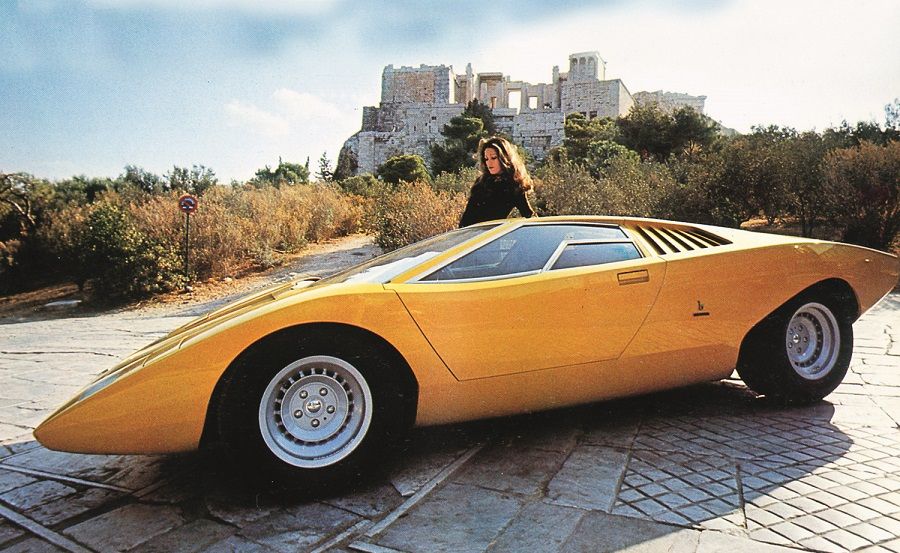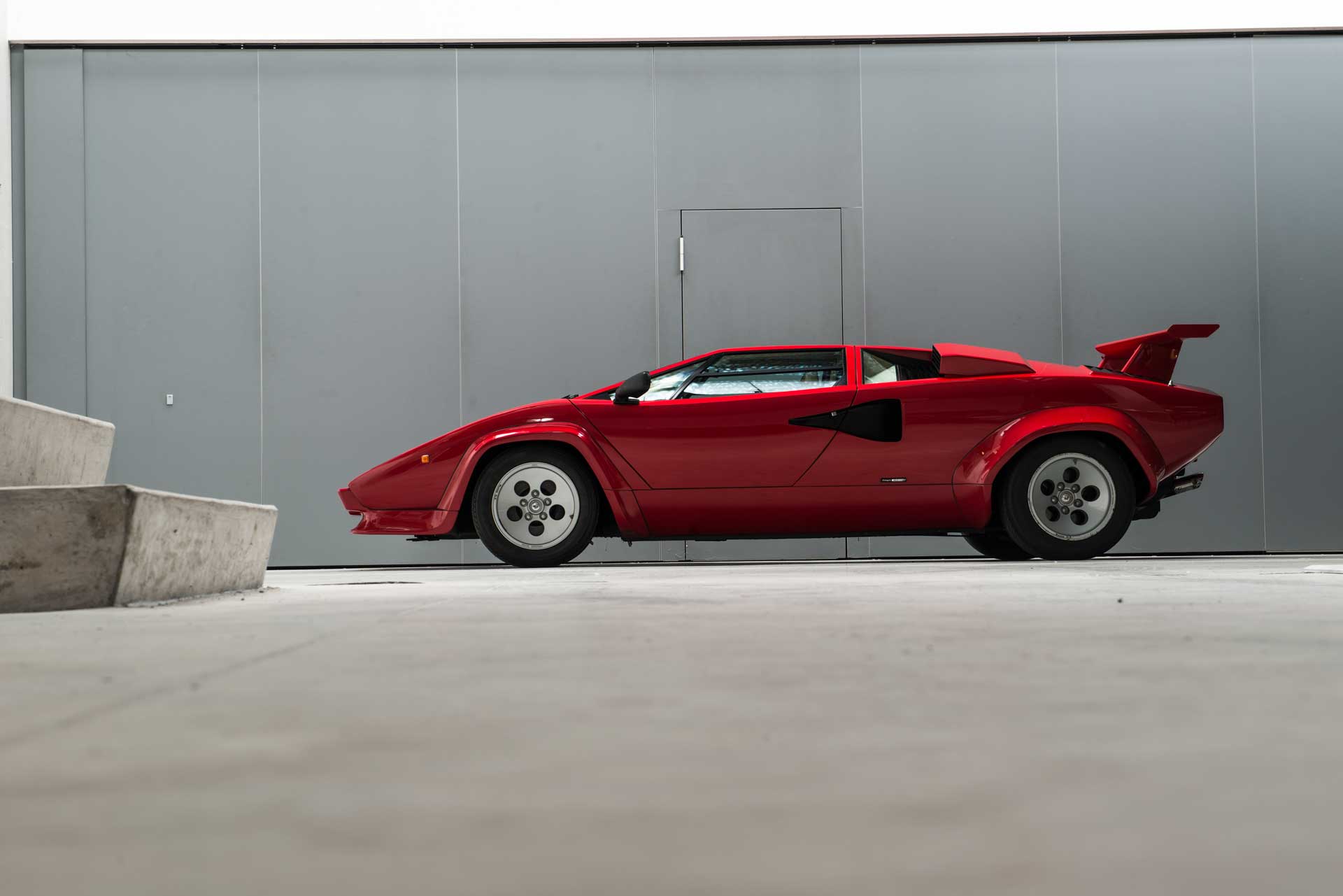Lamborghini Countach: Celebrating The Ultimate Supercar
Images: Makarand Baokar/Archivio centrale dello Stato/Stile Bertone
If the achingly beautiful Miura made Lamborghini famous, and the Espada made the marque desirable, it was the Countach that made Lamborghini controversial, famous, infamous. It was a car that grabbed headlines in no uncertain way, and eventually, immortalised the brand.
More than 50 years later, on 2nd October, 2021, the Countach grabbed headlines once again, as Lamborghini debuted the replica of the original Countach LP500 prototype, from 1971, at last year's Villa d'Este Concourse d'Elegance, built for a well-known Swiss marque collector. The genesis of the original, no doubt, was a very exciting story.

By the time the Miura had evolved to the fully sorted SV iteration, the shortcomings of Lamborghini’s flagship were more than obvious. With a transverse V12, there were issues about the excessive lightness at the front. The suspect aerodynamics gave the Miura’s front end a propensity to lift. Thanks to a long and complicated gear linkage, the Miura had a rather recalcitrant gearbox, plus, the problem of heat and noise, given the close proximity of the engine to the interior.

The marque had the opportunity to remedy all these issues when it came to the Countach, which was inspired by the Miura, and was to succeed it as well.

Placing the engine longitudinally seemed to be a better solution (as compared to the transverse location of the Miura’s engine) addressing the issue of front-end lightness and better front-rear weight bias, plus heat and noise could be reduced, as most of the engine would be away from the cabin.

For Lamborghini’s chief engineer, Paulo Stanzani, placing the engine longitudinally would be too easy and obvious a solution. A more innovative idea would be to locate the engine longitudinally, but south-north, instead of north-south, and have the gearbox ahead of the engine, between the driver and the passenger. No doubt a brilliant and out-of-the-box solution, but the hard truth was another reality.

Although credit has been given to Paolo Stanzani for the Countach’s very innovative layout configuration, the real originator of the concept was none other than Stanzani’s understudy, Oliviero Pedrazzi.

Pedrazzi explained to this writer: “We came up with the idea of using the engine-transmission combination of the Espada, but turned around, so that the gearbox would be located ahead and between the seats for the driver and passenger. It was done to essentially rationalise our production process.”

The gear lever would be directly connected to the gearbox, with the drive going back to the rear axle, under the engine, addressing the issue of the recalcitrant shift problems of the Miura, and all the other shortcomings of front-rear weight, front end lightness, heat, and noise.

For the design of the Countach, Stanzani and Bertone’s Marcello Gandini worked closely, deciding between them the wheelbase of 2.45 meters (96.5 inches) for the Miura’s replacement. With the experience of the Alfa Romeo Carabo and the Lancia Strato’s Zero and Stratos HF projects, Gandini proposed that the driver and passenger could sit further forward, but closer together with their legs extended between the front pair of wheels, up to the front axle line, thus making it possible to reduce the wheelbase of the car.

Once the powertrain layout and chassis design had been fixed, Gandini provided the tightly enveloping shape of the car. And what a shape it was!

A revolutionary creation, which marked the evolution of the art of Marcello Gandini to a more radical shape, but without too much complexity.

The Countach, other than being a logical extension of the design direction defined by the Alfa Carabo concept from 1968, and the Strato’s Zero from 1970, deeply influenced automotive design of the 1970s and thereafter. The almost monolithic form with its trapezoidal design motif could not have been more futuristic.

At the front, a sharply chiselled nose, the wedge shape flowing over a tight greenhouse and the powerful engine marked by a set of six vents cut into either shoulders ending in a complexly sculpted Kamm tail cut-off.

With the whole flowing form animated by vertically opening scissors-action doors—the elytra wings borrowed from the Carabo—the Countach was an amazing sculpture, with a purity of geometry broken by sharp edges over smooth surfaces, yet not devoid of sweeping curves.

Although concept-car-like in its looks, layout and thinking, when the car was first unveiled at the 1971 Geneva Motor Show, Ferruccio Lamborghini confirmed that the Countach was indeed intended for ‘regular street use,’ and that it would be replacing the Miura.

It took another two years before the street legal version hit the road, with several design changes. But then it remained in production, with some more changes to both the cosmetics and the mechanicals, until 1990.

The red car featured here is part of the Bertone Collection, and is from 1987, a 5000 Quattrovalvole version.
Here is an image of the replicated Lamborghini Countach LP500.

Comments
Sign in or become a deRivaz & Ives member to join the conversation.
Just enter your email below to get a log in link.
